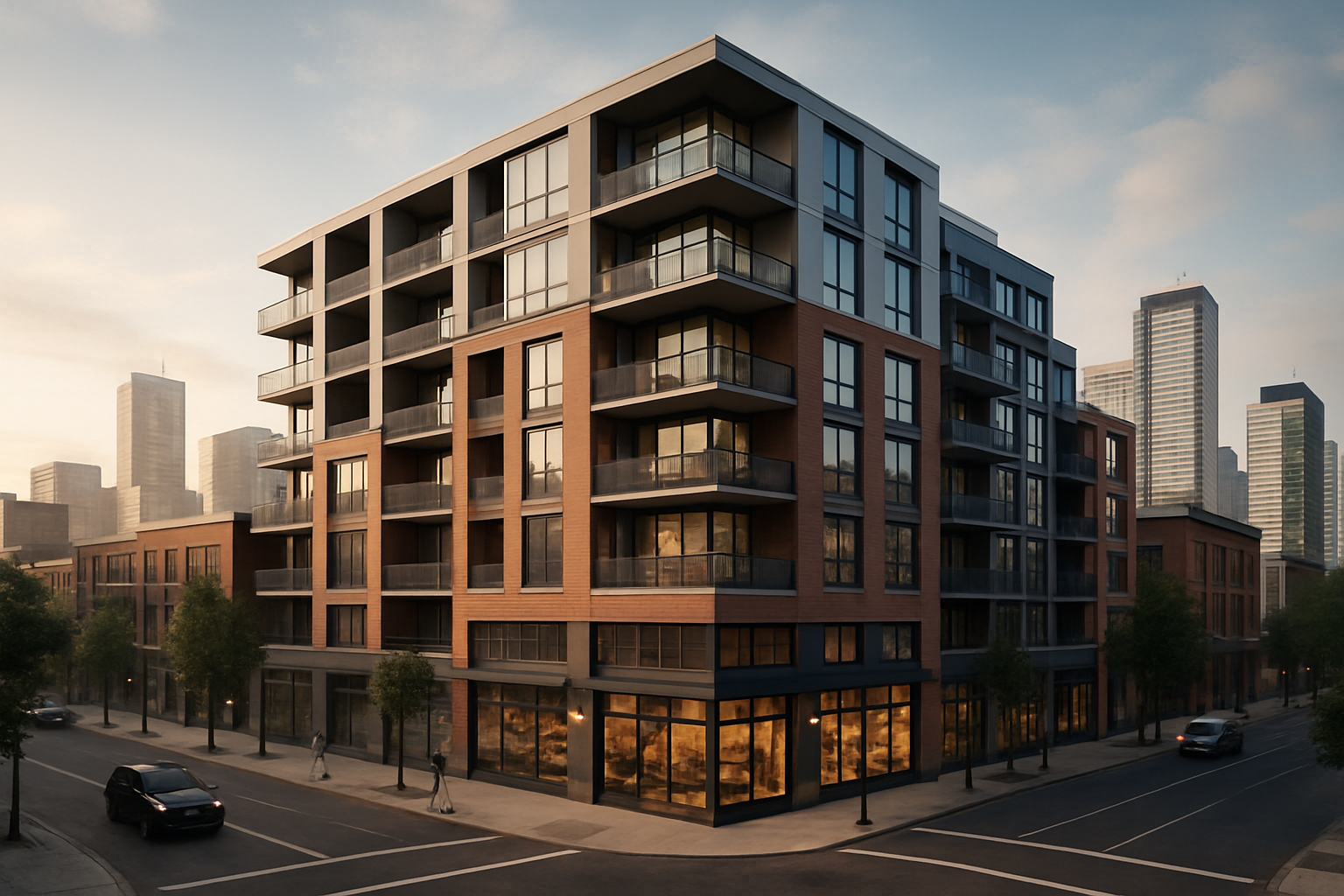"Reimagining Space: The Rise of Tiny Homes and Micro Gardens"
Introduction: With space at a premium and the desire for a simpler, more sustainable lifestyle growing, the concept of small living has truly taken root. This article delves into the rise of tiny homes and micro gardens, exploring their origins, current design trends, and the ways in which they are reshaping our relationship with our living spaces.
The Birth of Small Living: A Brief History
The tiny house movement and the idea of micro gardens did not emerge in a vacuum. Both are responses to a societal shift towards downsizing and simplifying, fueled by economic factors, environmental concerns, and the desire for greater mobility and flexibility. While the concept of small living can be traced back to ancient times, it has gained significant traction in recent years, spurred on by the 2008 housing crisis and growing concerns about climate change and resource consumption.
Modern Design Trends: Maximizing Minimal Spaces
Today, tiny homes and micro gardens are not just about minimalism and frugality. They have become showcases for innovative design and ingenious use of space. From multifunctional furniture to vertical green walls, designers are increasingly finding creative ways to make these compact spaces both functional and aesthetically pleasing. The emphasis is on quality over quantity, with a focus on creating spaces that are not just small, but smart.
Practicality and Performance: The Benefits of Small Living
The appeal of tiny homes and micro gardens extends beyond aesthetics. These spaces offer a range of practical benefits, from lower housing costs to reduced environmental impact. They also promote healthier, more mindful lifestyles, encouraging residents to spend more time outdoors and engage more deeply with their surroundings. Research has shown that living in such spaces can reduce stress, improve mental health, and even promote longevity.
Market Trends: The Growing Popularity of Small Living
The demand for tiny homes and micro gardens shows no signs of slowing down. According to a recent report, the global tiny homes market is expected to grow at a CAGR of over 7% between 2020 and 2025, while interest in urban gardening and small-scale food production continues to soar. This trend is being driven by a range of factors, from rising housing costs and shrinking living spaces to a growing desire for self-sufficiency and closer connection with nature.
Living Small: A Lifestyle Choice for the Future?
While tiny homes and micro gardens may not be for everyone, they offer an intriguing glimpse into a possible future where space is used more efficiently, resources are conserved, and the line between indoor and outdoor living is blurred. As we grapple with the challenges of urbanization, climate change, and a changing housing market, these small spaces offer a refreshing, innovative, and potentially transformative approach to home and garden design.
In conclusion, the rise of tiny homes and micro gardens represents more than just a passing trend. It is a reflection of a deeper shift in our values and priorities, a reimagining of what a home can be, and a testament to our capacity for innovation and adaptability. As we continue to explore new ways to live and thrive within our changing world, these small spaces offer a beacon of hope and a source of inspiration.





